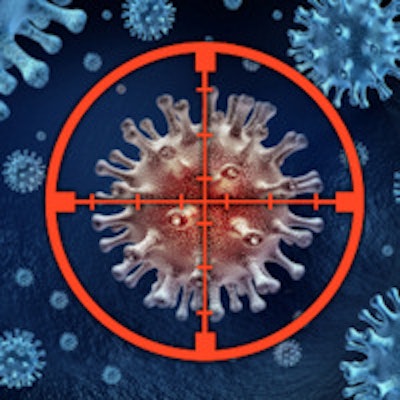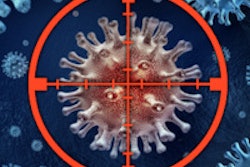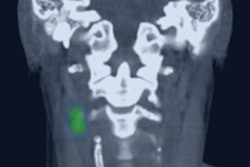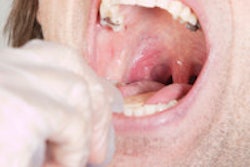
A long-term analysis of a head and neck squamous cell carcinoma (HNSCC) study had surprising results, finding that practitioners who treat HNSCC patients who are also anemic should not add erythropoietin (EPO) to the patient's radiation or chemotherapy care. This is another call to action during Oral Cancer Awareness month.
The open-label, phase III randomized trial by the Radiation Therapy Oncology Group (RTOG 9903) sought to discover if EPO, which stimulates the body's bone marrow to increase red blood cell production, would improve disease control in anemic patients with HNSCC.
The trial included 141 patients treated at 54 cancer centers from June 2000 to November 2003, and the study findings were originally published in 2007 (International Journal of Radiation Oncology, Biology, Physics, November 2007, Vol. 69:4, pp. 1008-1017). For the current study, researchers analyzed if there were additional failures, second primaries, or toxicities at eight-year follow-up (Int J Rad Oncol Biol Phys, April 1, 2015, Vol. 91:5, pp. 907-915).
"It is well-known that cancer patients with anemia (low hemoglobin) have lower cure rates than patients with normal hemoglobin levels. RTOG 9903 was aimed at improving the outcomes of anemic patients with head and neck squamous cell carcinoma by restoring their hemoglobin levels to normal," lead author George Shenouda, MD, associate professor of oncology and otolaryngology at McGill University Health Centre in Montréal, said in a statement.
Unexpected results
Dr. Shenouda and colleagues ended up having to terminate the study early because of the unexpected results.
At five-year follow-up, the local-regional failure rate was lower (39%) for patients who received radiation therapy or chemoradiation without EPO and higher (46%) for patients who received EPO. The five-year local-regional progression-free survival rate was higher (38%) for patients who did not receive EPO and lower (32%) for patients who received EPO.
"The initial analysis of the results was unexpected and led to the study's early closure because of a possible detrimental effect of EPO," he said.
While EPO improved hemoglobin levels, the control rates were not similarly improved, leading to a long-term analysis that EPO is not the appropriate treatment option for anemic HNSCC patients.
Patients enrolled in the study had HNSCC of the oral cavity, oropharynx, hypopharynx, or larynx. They also had a Zubrod performance status of 0 to 2 (Zubrod score indicates a patient's health status from 0 to 4, with 0 indicating a patient is fully active and 4 indicating a patient is completely disabled). The patient cohort also showed hemoglobin levels 13.5 g/dL or lower for males and 12.5 g/dL or lower for females.
Of the 141 patients, 69 received radiation therapy or chemotherapy plus radiation, while 72 patients received radiation therapy or chemotherapy plus radiation with EPO. All patients were evaluated weekly for toxicities and received blood count reviews during treatment.
The patients in the EPO group received a weekly dose of 40,000 units throughout treatment, unless their hemoglobin levels exceeded 16 g/dL for men or 14 g/dL for women. Patients whose hemoglobin levels did not increase 1 g/dL or more after four doses of EPO had their dose increased to 60,000 units.
The five-year distant metastases rate was 15% for patients who did not receive EPO and 16% for patients who received EPO.
"It is important for us to be aware that EPO is a growth factor and, as such, may stimulate the growth of cancer cells, resulting in decreased tumor control," Dr. Shenouda said. "Carefully designed clinical trials are required to address how to treat anemia in our cancer patients."



















